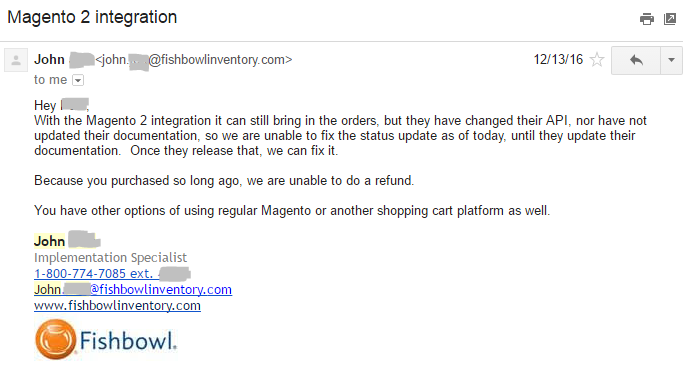

When you are done, click OK to create a link to this new data store. Based on which provider you choose you need to enter the product name, data source, provider string, location and catalog. If you choose "Other data source" then you need to select from a list of existing data source providers, for example "Microsoft Jet 4.0 OLE Provider". For example if you have another SQL Server database running on the machine Enterprise-Minds then you would enter "Enterprise-Minds" as the linked server name. If you choose "SQL Server" then the linked server name must be the name of the SQL Server database you want to link to. In the "Linked Server Properties" dialog you can enter a name for this linked server and then select whether you want to link another SQL Server database or any other data source. To link a new data store, right click on the entry "Linked Servers" and select "New Linked Server" from the popup menu. Expand the "Linked Servers" entry to see all the data stores which have been linked to this database server.
#Link multiple fishbowl inventory together plus
Expand the "Security" entry with the plus sign and you will see an entry called "Linked Servers". Expand a database server with the plus sign and you will find an entry called "Security". You can link other data stores to individual database servers. It shows by default the local database server as "(local)". The Enterprise Manager of SQL Server shows in the left side navigation pane the "SQL Server groups" and under each all the database servers. Microsoft SQL Server provides the capability to link to other data sources which provide SQL query language. Linking other data stores to Microsoft SQL Server This article explains how you can achieve this. This allows you to create a single SQL query spawning multiple data sources.

Moreover Microsoft SQL Server allows you to link to other data stores which provide a SQL query language. But most of the data sources provide the basic SQL query capability. The same holds true for the SQL language of Microsoft Indexing Server. For example directories like Active Directory provide a query capability but do not allow you to update, insert or delete data through SQL language.

The SQL language varies slightly from one data source to another. More over how can you search all this data in various data sources without having to create many different interfaces or create complex search mechanisms? The good news is that most of these data stores provide a SQL query language.
#Link multiple fishbowl inventory together how to
The challenge enterprises are facing now is how to provide a complete and easy view into all this data sitting in various stores. For more information about Microsoft Indexing Server please refer to the following article. Microsoft Indexing Server creates an indexing catalog and also provides a SQL query interface which enables you to simply search the index. It's a common practice to use Microsoft Indexing Server to index all the files sitting on the file system or a web server. Each enterprise has large amounts of files like Word documents, Excel Spreadsheets, HTML documents, etc. Smaller, more fluent and mobile data sits in Excel spreadsheets or Microsoft Access databases. For more information about the directory services, please refer to the following article. User and account information reside in a directory like Active Directory or Active Directory Application Mode. Many enterprise applications have their own database with its own data and data model. Relational data is most likely to be in a SQL Server database or Oracle database. In today's enterprises, different types of data are sitting in various data stores.


 0 kommentar(er)
0 kommentar(er)
